#Joe Henderson
Text
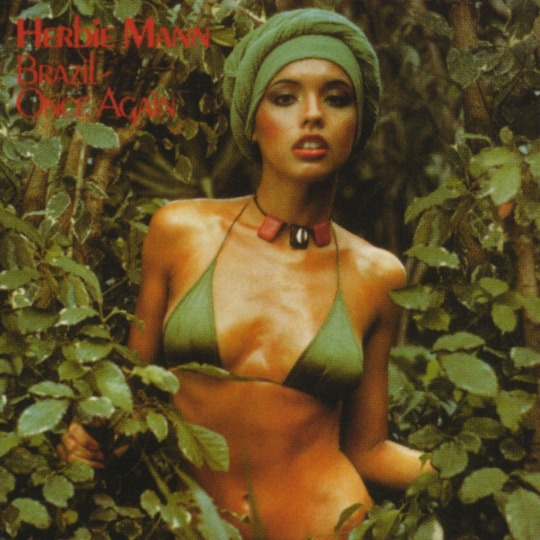




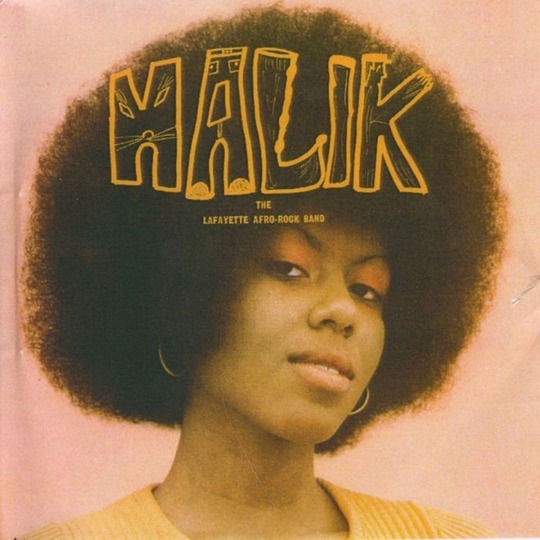
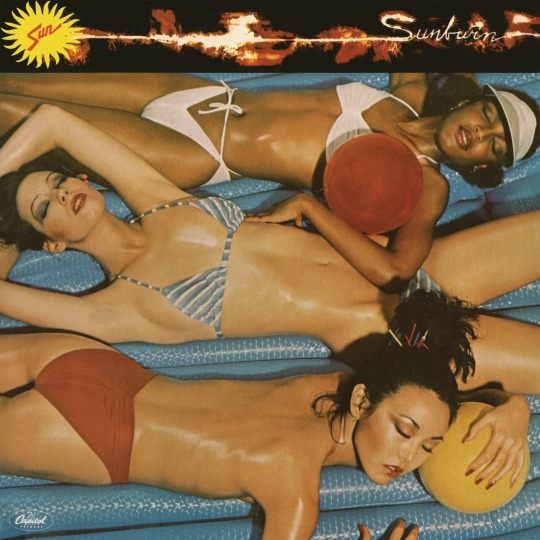

70s album covers featuring beautiful women, pt. 2
#herbie mann#the tramps#the stylistics#sun#billy paul#grace jones#the players association#joe henderson#lafayette afro rock band#beauty#fashion#album art#70s#mine
397 notes
·
View notes
Text
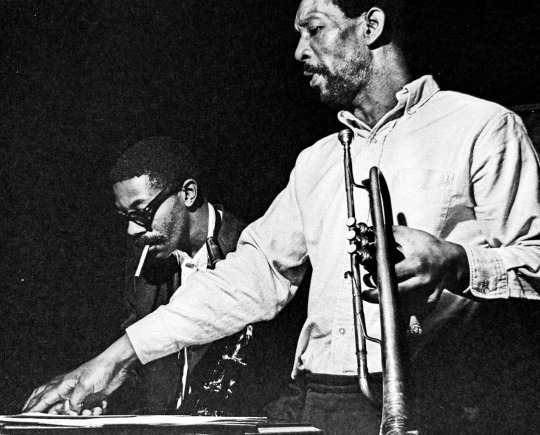
Joe Henderson and Kenny Dorham at Dorham’s Trompeta Toccata session, Englewood Cliffs, NJ, September 14, 1964 (photo by Francis Wolff)
26 notes
·
View notes
Text

Joe Henderson (Antibes, 1964)
27 notes
·
View notes
Text
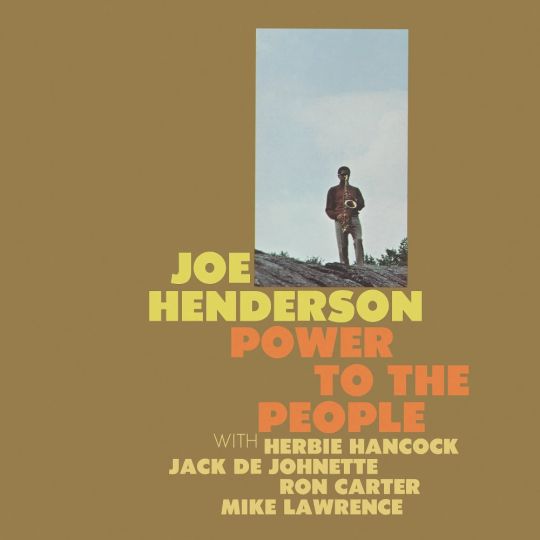
11 notes
·
View notes
Text

Joe Henderson & Kenny Drew Trio - Molde Jazz Festival, Norway, August 1968
Before last week's Yo La Tengo show in Boulder, I stumbled into the great Paradise Found record store (none other than Ira the K stumbled in right after me, actually) for a quick browse. Paradise Found has lots of great vinyl, but recently I've been taking advantage of their extremely nicely priced CDs. And I wasn't disappointed this time around — waiting in the bins for me was the eight-disc Joe Henderson: The Milestone Years collection. For $25! Irresistible. Tons of wonderful music, some of it very familiar, some of it very unfamiliar (how had I never heard the amazing Joe Henderson In Japan LP before?!).
So I'm on a bit of Henderson bender now, and I've been enjoying this performance from right around the beginning of Joe's Milestone era, which kicks off with a long, luminous version of Billy Strayhorn's classic "Chelsea Bridge" and leads into an equally expansive "Isotope." Henderson sounds sensitive and inquisitive throughout, always finding interesting places to go, always taking the audience with him. The band is killer, too, with Kenny Drew (piano), Niels-Henning Ørsted Pedersen (bass) and Albert "Tootie" Heath (drums) providing expert accompaniment.
And hey, it's that same band backing up the mighty Yusef Lateef on this same Norwegian night in 1968. Check out the magnificent melancholy of "The Shadow of Your Smile," Lateef's flute drifting into the aether, coloring your dreams, lighting the dawn.
11 notes
·
View notes
Text


9 notes
·
View notes
Text
Exploring Ron Carter's "All Blues"
Introduction:
Ron Carter’s album “All Blues,” recorded in 1973 and released on the CTI label, stands as a testament to his enduring artistry and musical vision. This album, recorded at Van Gelder Studio in New Jersey, showcases Carter’s prowess as a bassist and composer, alongside a stellar lineup of musicians.
Background and Recording:
The album was recorded on October 24, 1973, and features…

View On WordPress
#All Blues#Billy Cobham#Classic Albums#Jazz History#Joe Henderson#Miles Davis#Roland Hanna#Ron Carter
3 notes
·
View notes
Text

10 notes
·
View notes
Text
POWER TO THE PEOPLE
In the late 1960s a new style of jazz emerged that was not an extension of hard bop or free jazz. For a brief seven or eight years - after the assassination of Martin Luther King Jr. in April 1968 and the beginning of fusion in the mid-1970s - a new expression of black power appeared, wrapped in pan-Africanism in the works of black journalists, books on blackness by black intellectuals, folk paintings by black artists, and music by black jazz artists.
During these years, the music of a growing number of prominent jazz musicians embraced African culture and the idealism of African countries newly liberated from colonialism. The list of artists included Herbie Hancock, Miles Davis, Charles Lloyd, Pharoah Sanders, McCoy Tyner, Alice Coltrane, Archie Shepp, Freddie Hubbard, Woody Shaw, Jack DeJohnette, Larry Willis, Bennie Maupin and many others.
Among them was Joe Henderson, whose album Power to the People (Milestone) was and remains a landmark. Recorded in May 1969, the album featured Mike Lawrence (tp), Joe Henderson (ts), Herbie Hancock (p,el-p), Ron Carter (b,el-b) and Jack DeJohnette (d).

A finales de la década de 1960 surgió un nuevo estilo de jazz que no era una extensión del hard bop ni del free jazz. Durante unos breves siete u ocho años -tras el asesinato de Martin Luther King Jr. en abril de 1968 y el inicio de la fusión a mediados de los setenta- apareció una nueva expresión de poder negro envuelta en el panafricanismo en las obras de periodistas negros, los libros sobre la condición negra de intelectuales negros, las pinturas folclóricas de artistas negros y la música de artistas de jazz negros.
Durante estos años, la música de un número creciente de destacados músicos de jazz abrazó la cultura africana y el idealismo de los países africanos recién liberados del colonialismo. La lista de artistas incluía a Herbie Hancock, Miles Davis, Charles Lloyd, Pharoah Sanders, McCoy Tyner, Alice Coltrane, Archie Shepp, Freddie Hubbard, Woody Shaw, Jack DeJohnette, Larry Willis, Bennie Maupin y muchos otro
Entre ellos estaba Joe Henderson, cuyo álbum Power to the People (Milestone) fue y sigue siendo un hito. Grabado en mayo de 1969, el álbum incluía a Mike Lawrence (tp), Joe Henderson (ts), Herbie Hancock (p,el-p), Ron Carter (b,el-b) y Jack DeJohnette (d).
youtube
Source: JazzLife
2 notes
·
View notes
Text
youtube
joe henderson -- take the a train
4 notes
·
View notes
Text

Jazz Magazine N°418 (France) - Joe Henderson - Septembre 1992
31 notes
·
View notes
Text

6 notes
·
View notes
Text

Joe Henderson
22 notes
·
View notes
Text




Lucifer Convention - Lux 3- Part Seven
Closing Ceremony
(Starfury)
Brimingham February 2024- Photos by me
Please do not alter or repost anywhere on social media. thank you.
Guests: DB Woodside, Tom Welling, Inbar Lavi, Brianna Hildebrand, Graham McTavish, Lindsey Gort , Jeremiah Birkett, Ildy Modrovich, Joe Henderson.
#Lucifer#Lux3#DB Woodside#Tom Welling#Inbar Lave#Brianna Hildebrand#Graham McTavish#Lindsey Gort#Jeremiah Birkett#Ildy Modrovich#Joe Henderson#starfury conventions#myphotos
3 notes
·
View notes

